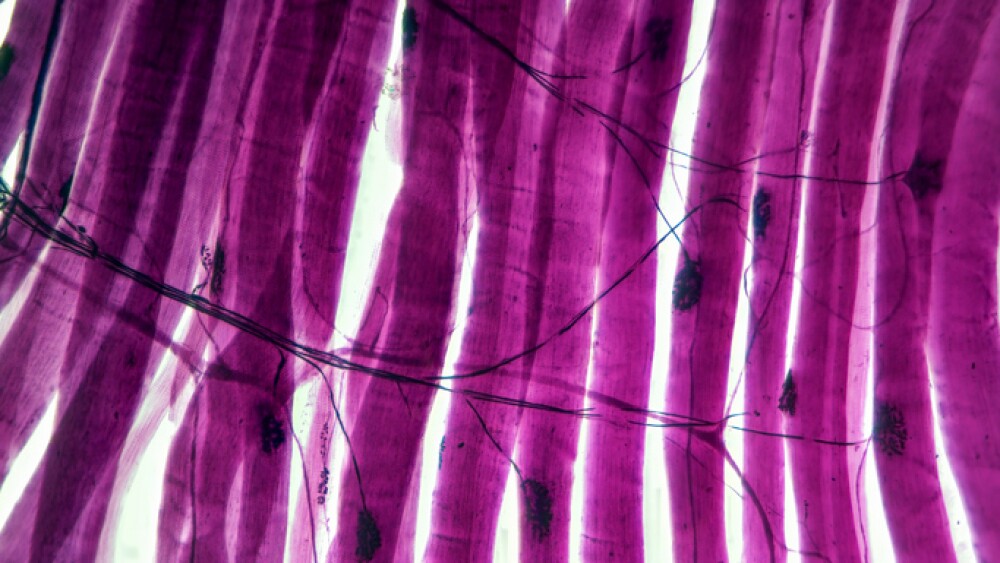LumiThera Inc., a medical device company commercializing a photobiomodulation (PBM) treatment for ocular disorders and disease, today announced it is a recipient of a small business innovative research (SBIR) phase II grant from the National Institute of Health (NIH) and the division of the National Eye Institute (NEI) of up to $2.3M in funding over two years.
The NIH/NEI grant supports an open-label human clinical trial in U.S. intermediate dry age-related macular degeneration (dry AMD) subjects that participated in the pivotal LIGHTSITE III trial. LIGHTSITE IIIB will treat patients for 4 rounds of treatment over fourteen months. Sham patients in the previous study will be able to cross over and begin PBM treatment.
The LIGHTSITE IIIB extension trial follows the successfully completed LIGHTSITE III trial, which showed a sustained, mean increase in best corrected vision acuity (BCVA) letter score of >5.0 letters from baseline at the 13- and 24-month timepoints (p < 0.0001) using the Company’s Valeda® Light Delivery System. The study demonstrated disease slowing benefits as fewer PBM-treated eyes progressed to new geographic atrophy (GA), a later disease stage that is associated with permanent loss of retinal tissue and scar. The 24-month optical coherence tomography (OCT) imaging of the retina indicated that only 6.8% of the PBM group had progressed to new GA, whereas 24% in the sham group developed new GA.
“Currently approved dry AMD treatments are limited to costly, invasive intravitreal injections targeting end stage disease that are not able to improve or sustain vision, unlike the results in the LIGHTSITE III trial,” stated Eleonora Lad, M.D., Ph.D., Vice-chair of Ophthalmology Clinical Research at Duke University School of Medicine. “The centers that participated in the LIGHTSITE III trial have reached out to study participants and received an overwhelming patient response to continue with the PBM treatments for an additional year. This is a testimonial about the potential impact of PBM for intermediate dry AMD patients.”
“The LIGHTSITE III patients that received the sham treatment continued to show disease progression. The open label study design will now follow the sham patients after receiving treatments and will continue to follow the PBM-treated patients for another year,” stated David Boyer, MD., Retina-Vitreous Associates Medical Group, Los Angeles, CA. “The ability to continue to treat and monitor these patients for another year should add to the knowledge and exciting results of sustaining vision and slowing disease progression as seen during the LIGHTSITE III trial.”
“The NIH clinical grant is substantial in providing up to $2.3M in funding to further establish a PBM non-invasive therapy for dry AMD patients in the U.S.,” stated Clark Tedford, Ph.D., President and CEO. “We are excited to have the NIH/NEI partially support the further development endeavors of LumiThera as we bring the therapy to U.S. patients.”
About AMD
AMD is a leading cause of vision loss for people aged 65 and older. Losing central vision can make it harder to see faces, drive, or do close-up work like cooking or fixing things around the house. The overall prevalence of AMD is estimated to increase 7-fold with age, from 4.2% in those aged 45–49 years, to 27.2% in those aged 80–85 years. Globally, the prevalence is estimated to increase by 20% between 2020 (195.6 million) and 2030 (243.3 million).
About LumiThera
LumiThera, Inc. is a medical device company focused on diagnosing, treating, and monitoring ocular disease and damage including dry age-related macular degeneration (AMD), a leading cause of blindness in adults over 65.
LumiThera’s flagship product, the Valeda® Light Delivery System, uses multiwavelength photobiomodulation to treat dry AMD patients. Valeda is CE Marked in the EU and is available in Europe and in countries in Latin America. Valeda is not yet approved by the Food & Drug Administration (FDA).
AdaptDx Pro® dark adaptation functional testing technology enables eye care professionals to detect and monitor AMD three years before clinical presentation. AdaptDx Pro is listed on the FDA’s Establishment Registration & Device Listing.
Diopsys ERG and VEP systems help eye care professionals analyze the entire pathway for visual and neuro-visual disorders. VEP is FDA-cleared. ERG and VEP are available in select countries outside of the USA.
View source version on businesswire.com: https://www.businesswire.com/news/home/20230927555557/en/
Source: LumiThera Inc.





